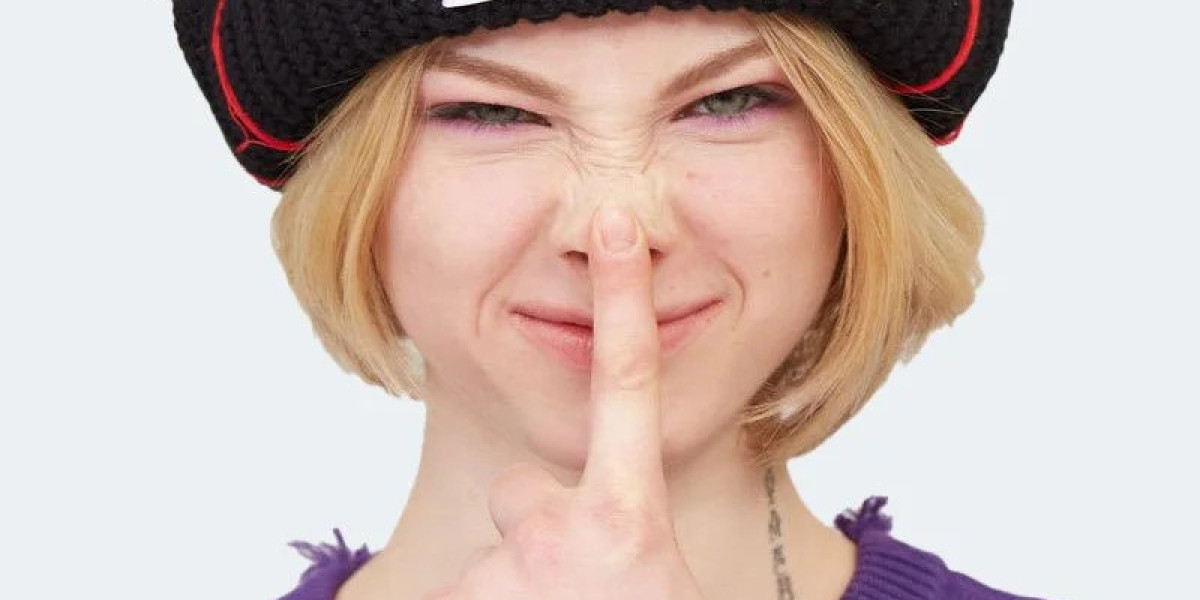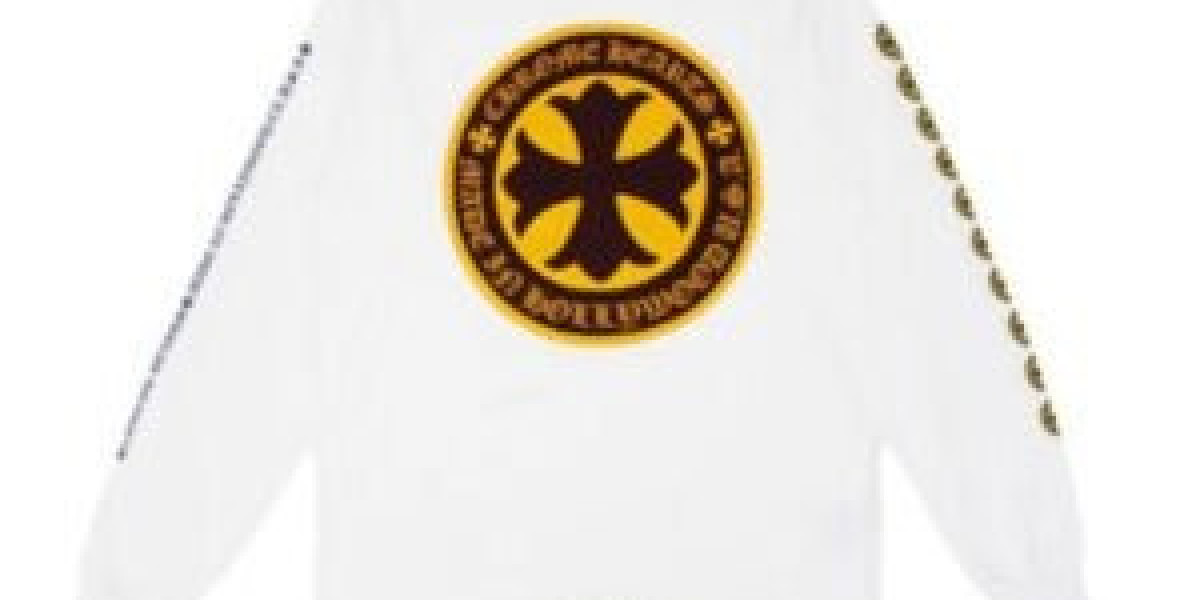The Rise of a Fashion Anomaly
In an era where streetwear blends seamlessly with high fashion and identity is expressed through bold silhouettes and unapologetic flair, the Loverboy hat has emerged as more than just a piece of headwear—it has become a statement, a conversation starter, and a cultural emblem. Designed under the creative vision of Charles Jeffrey, the founder of Loverboy, this iconic hat doesn't merely sit atop the head; it occupies a space within the broader fashion narrative, championing a powerful fusion of theatricality, queerness, punk aesthetics, and avant-garde expression.
While many accessories follow seasonal trends, the Loverboy hat defies them. Its irregular shapes, exaggerated ears, clashing textures, and riotous color schemes disrupt fashion norms and challenge what is considered “wearable.” It’s this disruption that has garnered it cult status, particularly among the youth and creatives looking to carve out their own stylistic space in an increasingly homogenized world. The Loverboy hat is not about fitting in—it’s about standing out in the most radically personal way.
The Man Behind the Madness: Charles Jeffrey’s Vision
To understand the allure of the Loverboy hat, one must first appreciate the mind behind it. Charles Jeffrey is not your typical designer. A Scottish-born creative, his roots in London’s nightlife, his experience with Central Saint Martins, and his radical embrace of queerness have all shaped the DNA of the Loverboy brand. For Jeffrey, fashion isn’t just clothing—it’s performance, protest, and play.
The Loverboy hat exemplifies this ethos perfectly. It doesn’t aim for sleek minimalism or conventional elegance. Instead, it celebrates maximalism, whimsy, and unapologetic individuality. Drawing inspiration from drag culture, DIY club fashion, and pagan folklore, the hat's design often mirrors animalistic features—think floppy ears, devil horns, or cat-like peaks—blurring the line between human and creature. This infusion of mythology and mischief gives the Loverboy hat its haunting, otherworldly charm, turning the wearer into both a muse and a myth.
Beyond the Fabric: What the Loverboy Hat Represents
On the surface, the Loverboy hat may look like a playful accessory, but its meaning runs far deeper. It represents a counter-cultural movement, one that pushes back against rigid gender norms, societal expectations, and the sanitized polish of commercial fashion. When you wear a Loverboy hat, you aren’t just making a fashion statement—you’re aligning yourself with a progressive, expressive, and deeply inclusive community.
It’s a hat that says, “I exist on my own terms.” Whether you’re wearing it on a night out in East London, styling it for an editorial shoot, or simply letting it clash with a mundane office outfit, the message remains consistent: authenticity over conformity. For many, especially those in LGBTQ+ communities, the Loverboy hat feels like a wearable piece of freedom—a symbol that embraces difference, champions weirdness, and celebrates being unapologetically seen.
Club Kids, Queer Icons, and the Hat’s Cultural Impact
The Loverboy hat’s reach goes far beyond the runway. Its presence has been felt across underground club scenes, art installations, and even viral TikTok fashion edits. It has become an unofficial crown for the new generation of queer creatives—those who use fashion as both armor and megaphone. Much like the club kids of the 1980s and 1990s, today’s Loverboy wearers aren’t afraid of exaggeration or spectacle. They wear the hat not just to be noticed, but to be understood.
From pop stars like Harry Styles and Lil Nas X to fashion-forward influencers and drag performers, the Loverboy hat has made its way into the wardrobes of those who understand its dual purpose: to entertain and to empower. It’s a declaration that fashion can—and should—be joyful, political, and deeply personal all at once.
Sustainability Meets Spectacle
Another layer to the Loverboy hat’s appeal is its commitment to craftsmanship and ethical production. In a time when fast fashion continues to dominate, Loverboy pieces, including the hats, are produced in limited quantities with a focus on sustainability and artistic integrity. Fabrics are often repurposed or sourced responsibly, and each piece carries the intentional irregularity that comes from being crafted with care rather than churned out on an assembly line.
This sustainable approach adds yet another dimension to the hat’s ethos. It’s not just anti-mainstream in design—it’s anti-mainstream in production. It rejects disposability in favor of enduring creativity, positioning itself as a timeless relic in a disposable age. For those who wear it, this adds even more meaning: they’re not just rejecting the expected; they’re supporting a more ethical and expressive future for fashion.
Styling the Unstyleable: How to Wear a Loverboy Hat
The Loverboy hat is not for the faint of heart. But for those brave enough to don it, the styling possibilities are limitless. Whether you pair it with a vintage trench, a corset over a button-down, or a pair of combat boots and tartan trousers, the hat always demands attention—and respect. It’s the kind of accessory that transforms the entire outfit and reshapes the silhouette, often pulling the look into a theatrical, almost character-driven space.
And yet, the beauty of the Loverboy hat lies in its versatility. Though it’s often photographed in surreal, fashion-forward contexts, it can be just as effective when juxtaposed with the mundane. Worn with a hoodie and jeans, it becomes a surreal twist to an otherwise everyday look. Worn with full runway-inspired regalia, it takes on a sculptural quality, becoming more artifact than accessory.
From Fringe to Future Classic
What makes the Loverboy hat so exciting is its refusal to settle. It doesn’t try to blend into the world—it tries to reshape it. Over the years, it has evolved from a quirky runway accessory into a cultural artifact. It belongs in the same conversation as Vivienne Westwood’s orb, Rick Owens’ platforms, and Jean Paul Gaultier’s cone bra—not because of similarity in style, but because of its bold, unforgettable identity.
It’s also a gateway item. For many, the Loverboy hat is the first piece they buy from the brand, acting as a portal into the whimsical world of Charles Jeffrey. Once you’ve worn the hat, it’s hard to look at fashion the same way again. Your wardrobe begins to shift. Color palettes expand. Shapes get stranger. The boundaries of what you consider “fashionable” or “beautiful” start to blur, and suddenly, the world feels a little more magical—and a lot more expressive.
The Loverboy Legacy
In the grand scheme of fashion history, there are few accessories that transcend mere trend to become cultural signifiers. The Loverboy hat has done just that. It has walked the line between high fashion and underground resistance, offering both style and substance to those who dare to wear it. It’s a hat that carries history, humor, rebellion, and pride all in one.
Ultimately, what makes the Loverboy hat so special isn’t its shape, its fabric, or even its designer—it’s the wearer. The hat is a canvas for self-expression, a vessel for personal transformation, and a crown for the misfits, the dreamers, and the unapologetically bold. It reminds us that fashion should never be boring. It should make you feel something. And when you put on a Loverboy hat, you don’t just look different—you are different.
You’re braver. Louder. Freer. And infinitely more you.
Would you like this formatted as a blog article or published-style piece with a title image suggestion or call to action at the end?



